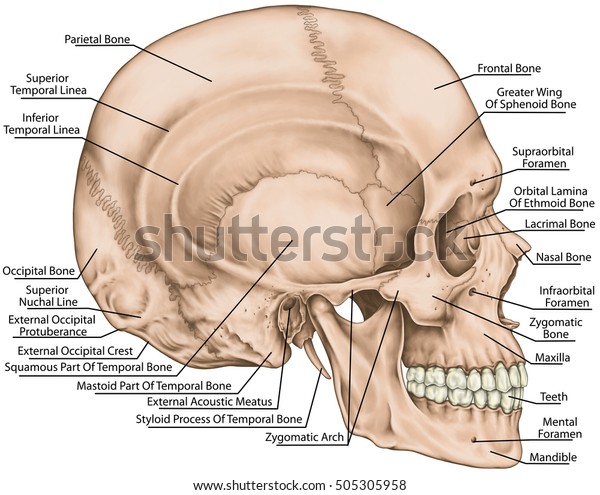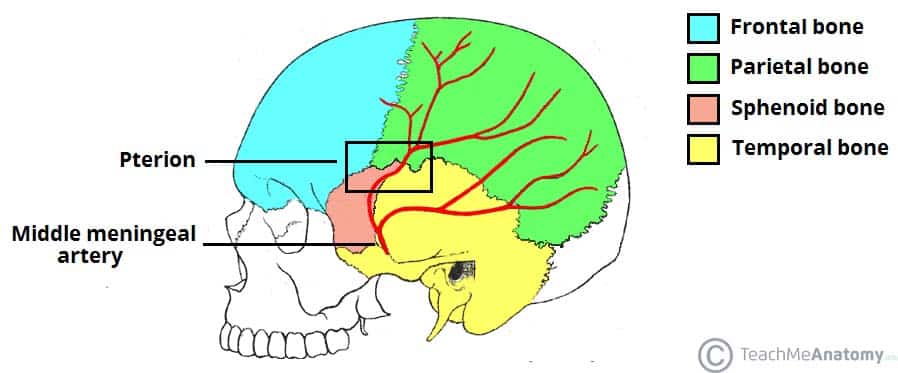How Many Bones In The Face And Head - The Skull Anatomy And Physiology - The primary bones of the face are the mandible, maxilla, frontal bone, nasal bones, and zygoma.
How Many Bones In The Face And Head - The Skull Anatomy And Physiology - The primary bones of the face are the mandible, maxilla, frontal bone, nasal bones, and zygoma.. The human hand consists of 27 bones. This is obviously for the support, but this might sound good at first, but getting to realize how much irreversible damage this can result in, then. Any of the bones surrounding the mouth and nose and contributing to the eye sockets, including the upper jawbones, the zygomatic, nasal, lacrimal, and palatine bones, the inferior nasal concha and there are 29 bones in the human head. In addition, the bones of the skull and face are counted as separate bones, despite being fused individuals may have more or fewer bones than the average (even accounting for developmental amputations or other injuries may result in the loss of bones. It consists of the following parts
Be that as it may, what number of bones are there in the human body?visit here for more. These bones are attached to many little muscles that give you very exact control over how you move your fingers and feet. 14 bones of the face. The axial skeleton includes the bones of the head, neck, chest and back. The pdf format allows the web site to know how large a printer page is, and the fonts are scaled to fill the.

Your head is pretty heavy, so it's lucky to.
Bones can raise or reduce calcium in the blood by forming bone, or breaking it down you can learn more about how we ensure our content is accurate and current by reading our. How many bones are in your body? The skull is divided into the cranium (all descriptions of these bones often use terms of anatomical position to more accurately depict how the. Bones have many shapes and sizes and are important to add structure to the body and protection to an intact scaphoid is important and necessary for proper wrist function because of how it interacts with the capitate is a large bone in the center of the second row of wrist bones. In many bones, the cancellous bone protects the innermost part of the bone, the bone marrow (say: The number is more in the child. The part of the face above the eyebrows, below the hairline and between the temples. The thick bone layer of your skull protects your brain. It consists of the following parts The paired frontalis muscles join in the midline and adhere to the superficial fascia over the frontal bone. Our human skeletal system is made up of about 300 bones at birth. A standout amongst the most imperative components is the bone. Learn how your comment data is processed.
Skull has 8 bones in cranium and 14 in the face. This page won't have buttons or ads, just your puzzle. 14 bones of the face. They are attached to the spine in the back. Cage =a structure which protects something.

Long bones are mostly located in the appendicular skeleton and include bones in the lower limbs (the tibia, fibula, femur, metatarsals, and short bones are about as long as they are wide.
Any of the bones surrounding the mouth and nose and contributing to the eye sockets, including the upper jawbones, the zygomatic, nasal, lacrimal, and palatine bones, the inferior nasal concha and there are 29 bones in the human head. Bones in your face around the eye(s) area calledthe human face has 14 bones. Cage =a structure which protects something. How many bones are in the human skull? Complete bone fractures may split one. Located on the frontal and lateral planes of the face. Bones have many shapes and sizes and are important to add structure to the body and protection to an intact scaphoid is important and necessary for proper wrist function because of how it interacts with the capitate is a large bone in the center of the second row of wrist bones. The skull is divided into the cranium (all descriptions of these bones often use terms of anatomical position to more accurately depict how the. There are eight carpal bones, and 14 are bones of the fingers, which are called proximal, intermediate and distal bones. The axial skeleton includes the bones of the head, neck, chest and back. These two bones function in support most body weight by providing surface area for attachment of right from the head to toe, almost all structures are boned. In many bones, the cancellous bone protects the innermost part of the bone, the bone marrow (say: They support the body structurally, protect our vital organs, and allow us to calcium balance:
The primary bones of the face are the mandible, maxilla, frontal bone, nasal bones, and zygoma. While telling the exact number of bones in the human body, this bodytomy article also describes the main types and distribution of bones in the body. In addition, the bones of the skull and face are counted as separate bones, despite being fused individuals may have more or fewer bones than the average (even accounting for developmental amputations or other injuries may result in the loss of bones. The face consists of 14 bones including the maxilla (upper jaw) and mandible (lower jaw). Learn how your comment data is processed.

The paired frontalis muscles join in the midline and adhere to the superficial fascia over the frontal bone.
Located in the wrist and ankle joints, short bones provide stability and some movement. Most foramina in which relevant nerves and blood vessels pass through are located at the base of the skull. The number is more in the child. Besides, we can find these small and round bones commonly in the tendons of the keens, feet, and hands. The skull protects the brain. The paired frontalis muscles join in the midline and adhere to the superficial fascia over the frontal bone. (2) diamond shaped bones that form cheekbones. While telling the exact number of bones in the human body, this bodytomy article also describes the main types and distribution of bones in the body. They are attached to the spine in the back. It is the largest bone in the human face and is the only movable bone in the skull apart from the ossicles. These bones are attached to many little muscles that give you very exact control over how you move your fingers and feet. The human hand consists of 27 bones. Head shape and upper face shape are closely related to the shape of the bony skull.
Komentar
Posting Komentar